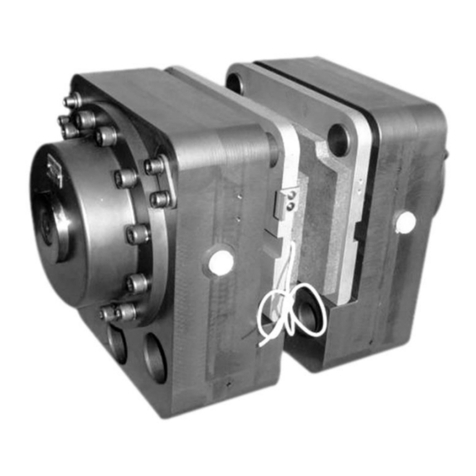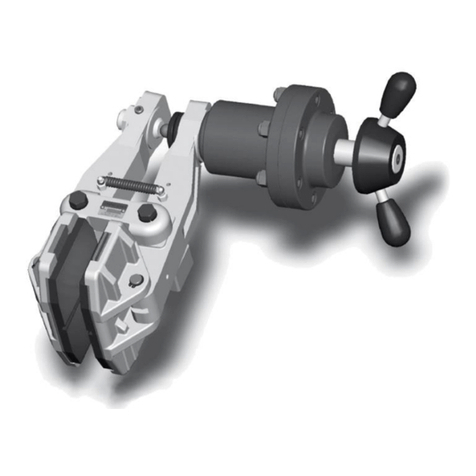COREMO OCMEA ID 3000 Operating instructions
Other COREMO OCMEA Spring Applied Brake manuals
Popular Spring Applied Brake manuals by other brands
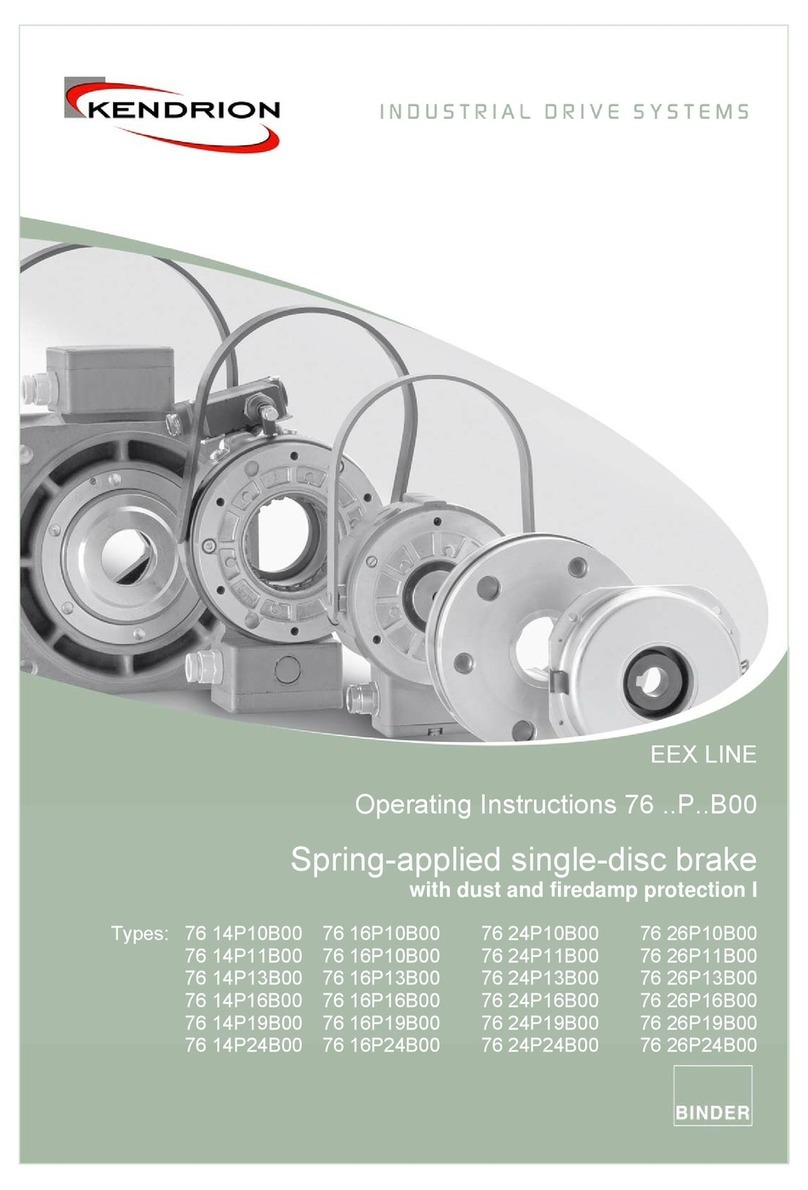
Kendrion
Kendrion 76..P..B00 Series operating instructions

INTORQ
INTORQ BFK471-25 Translation of the original operating instructions

INTORQ
INTORQ BFK455 operating instructions
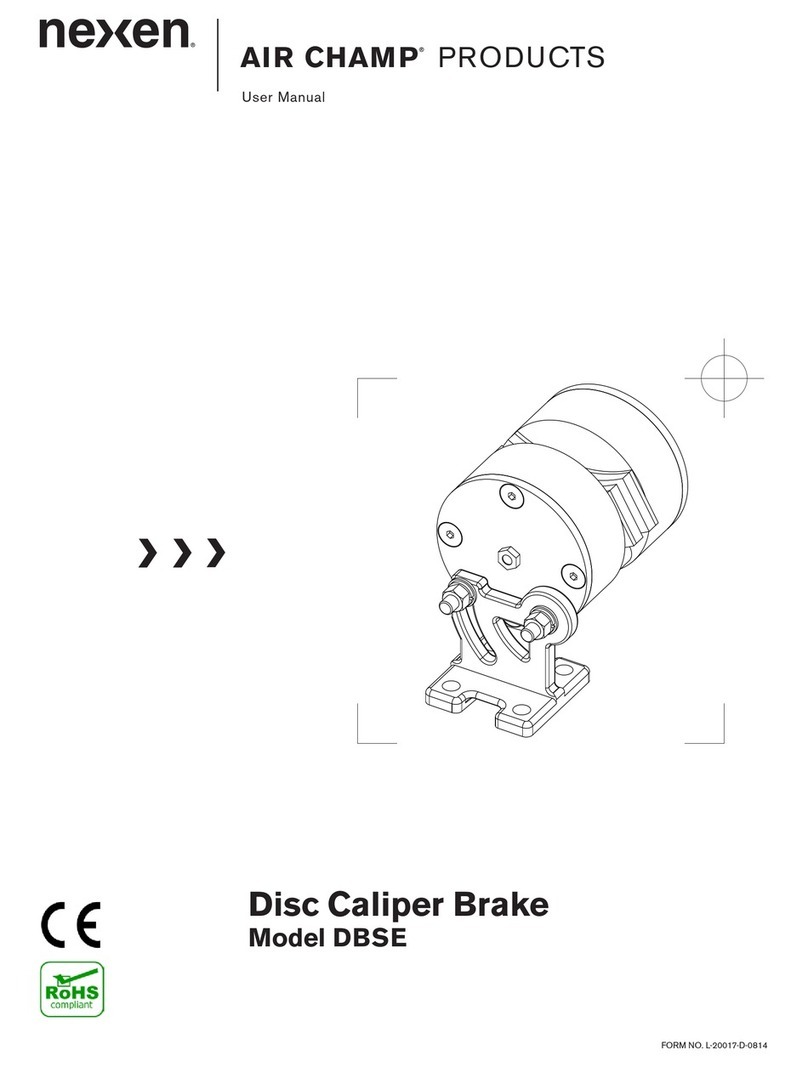
Nexen
Nexen AIR CHAMP DBSE user manual

Kendrion
Kendrion EEX Series operating instructions

Leantechnik
Leantechnik SHB Series operating instructions
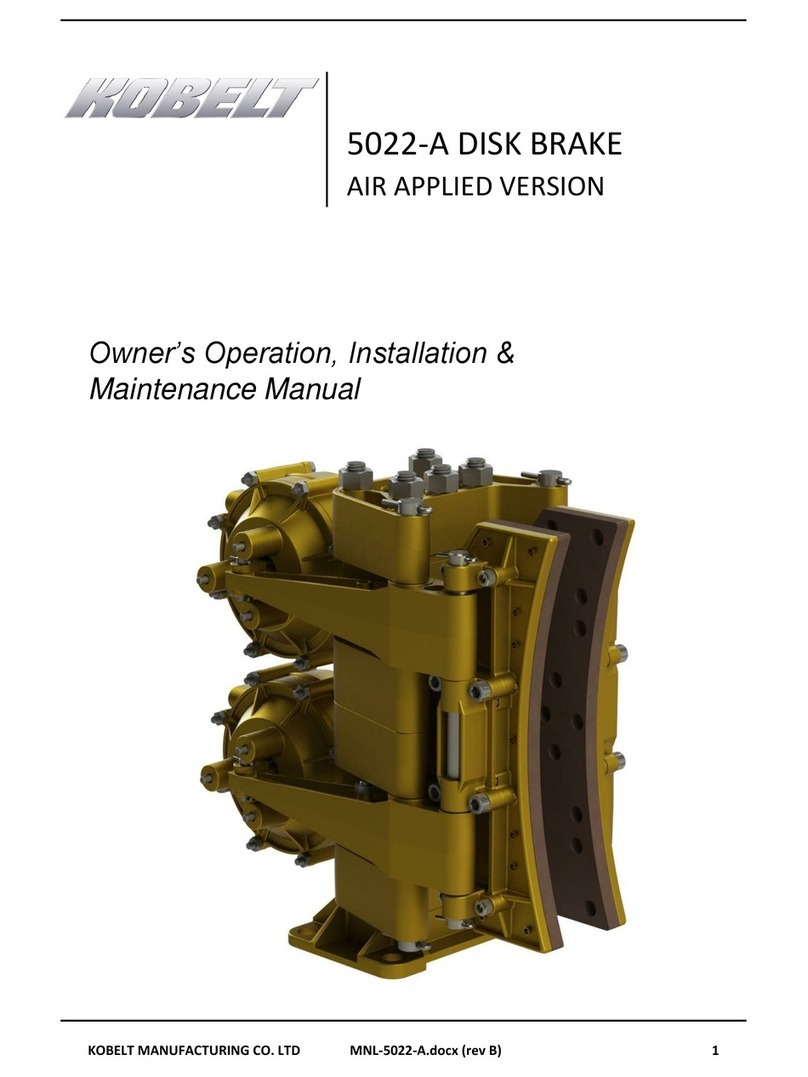
Kobelt
Kobelt 5022-A Owner's Operation, Installation & Maintenance Manual
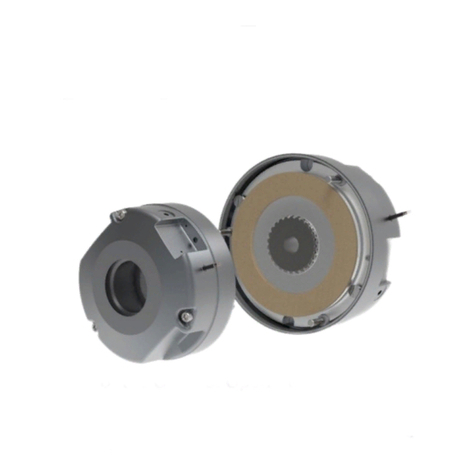
Mayr
Mayr ROBA-stop-M 250 Operational instructions
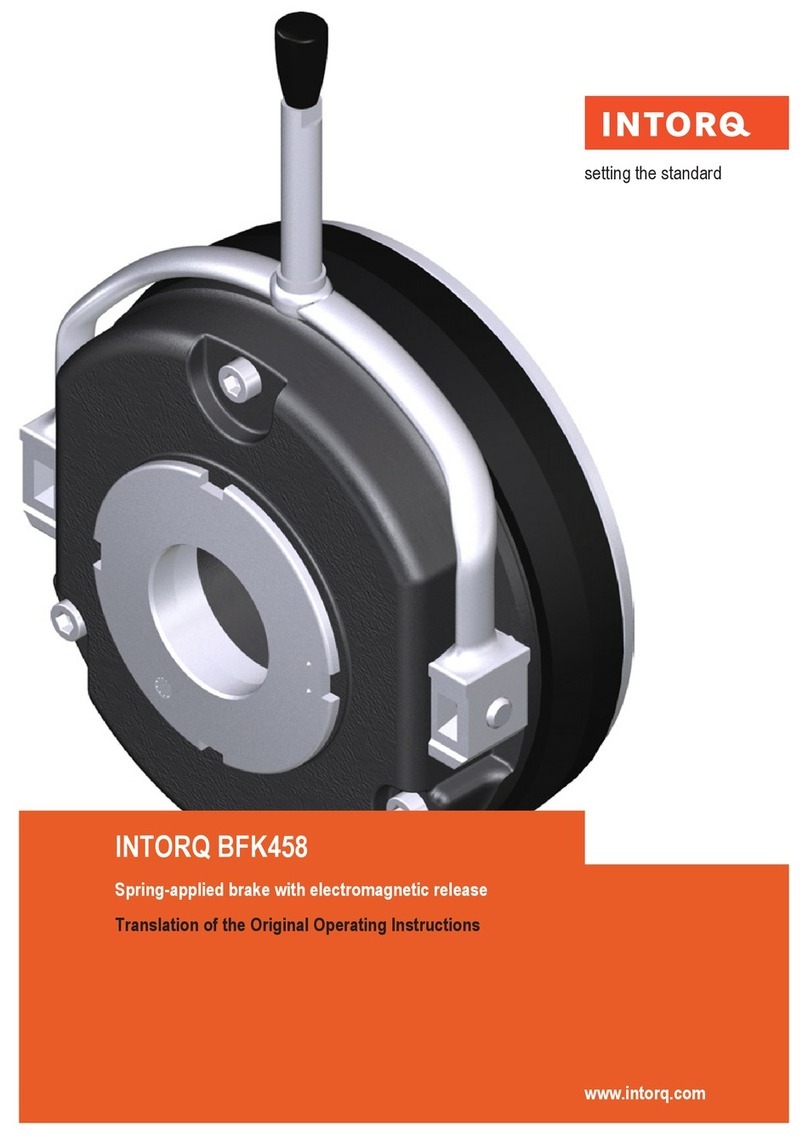
INTORQ
INTORQ BFK458 Original operating instructions

Nexen
Nexen AIR CHAMP DPB-9T user manual
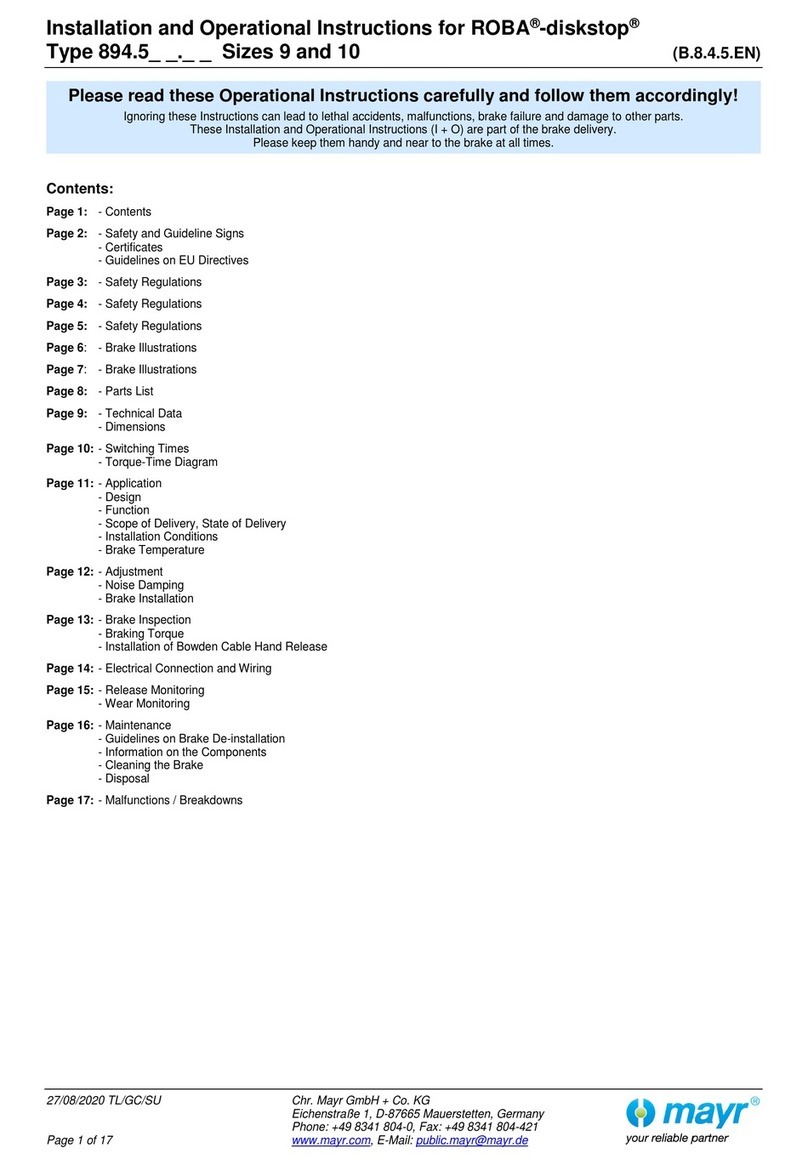
Mayr
Mayr ROBA-diskstop 894.5 Series Installation and operational instructions
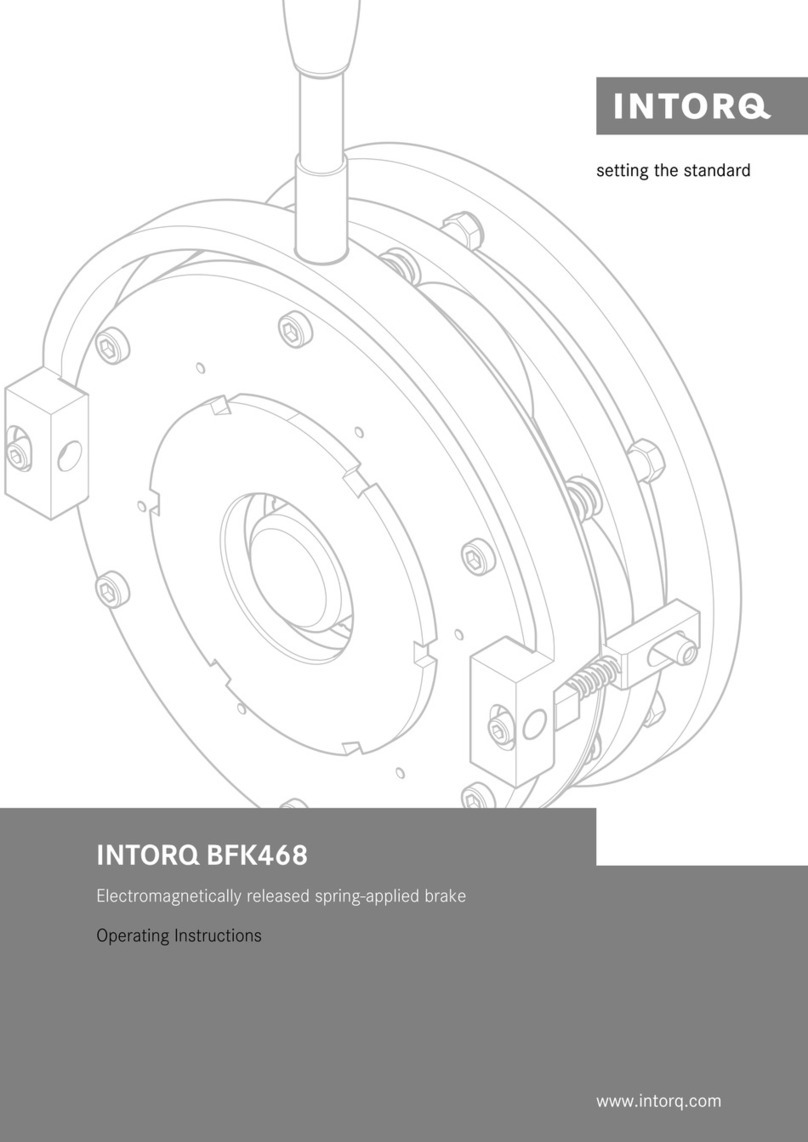
INTORQ
INTORQ BFK468 operating instructions
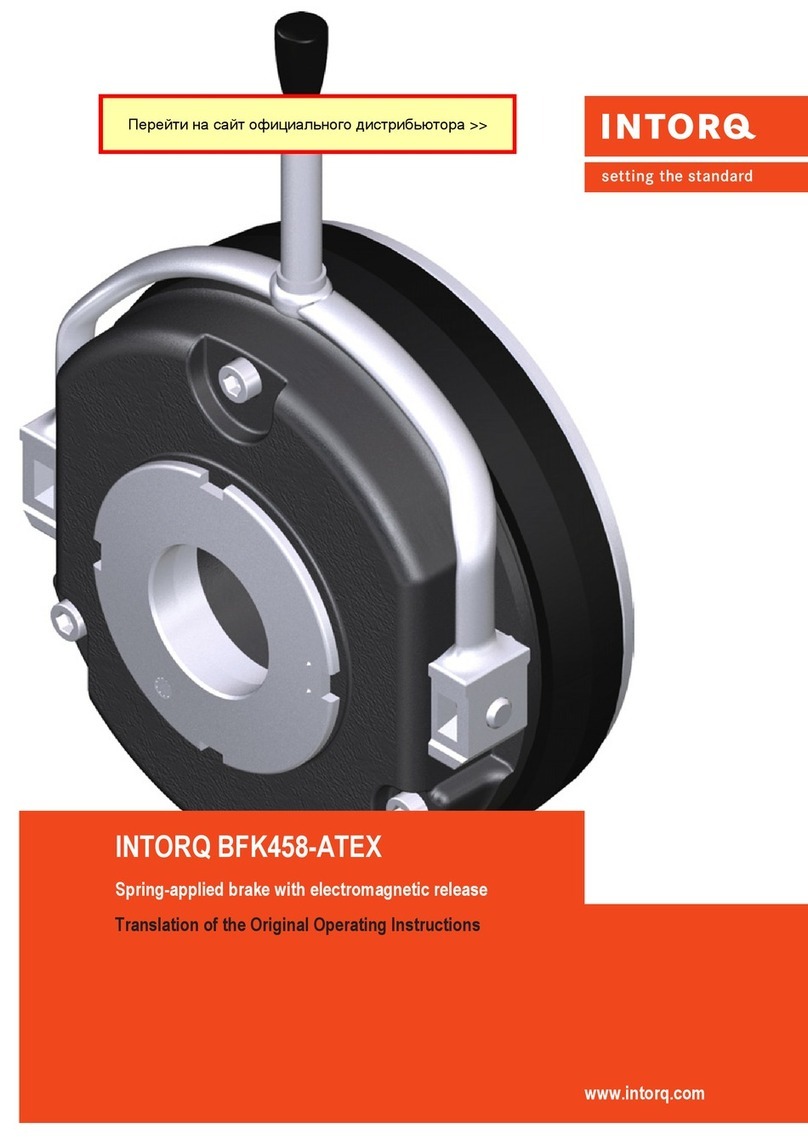
INTORQ
INTORQ BFK458-ATEX Translation of the original operating instructions
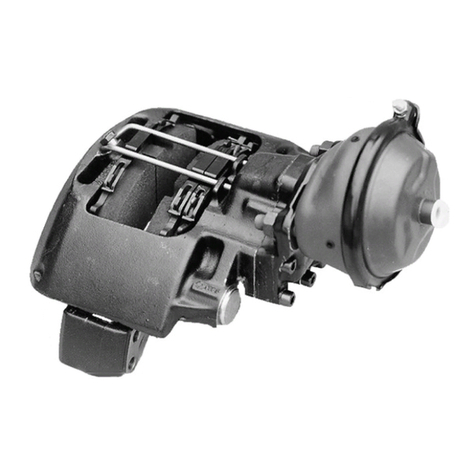
WABCO
WABCO PAN 17 Assembly and maintenance instructions

Kendrion
Kendrion INTORQ BFK458-ATEX Original operating instructions
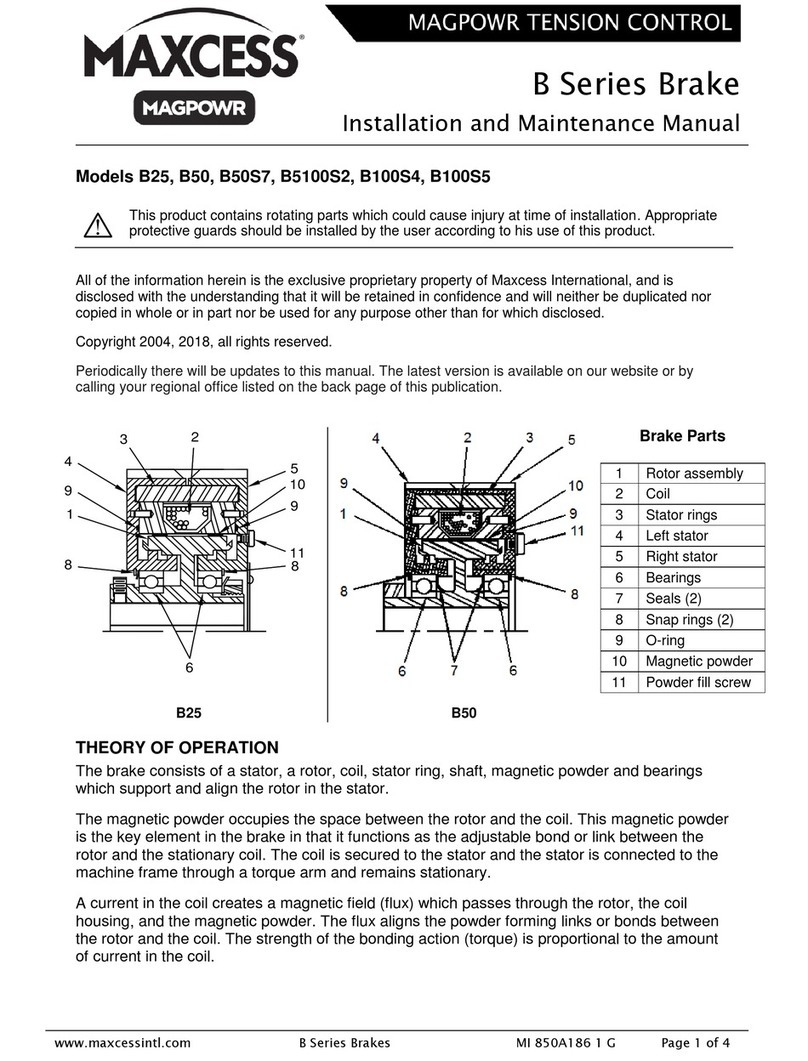
Maxcess
Maxcess MAGPOWR B Series Installation and maintenance manual
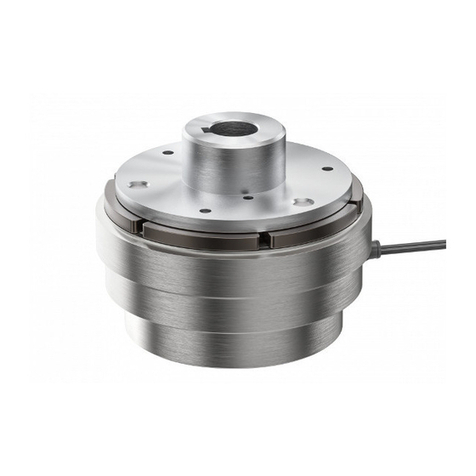
INTORQ
INTORQ 14.105 Series operating instructions
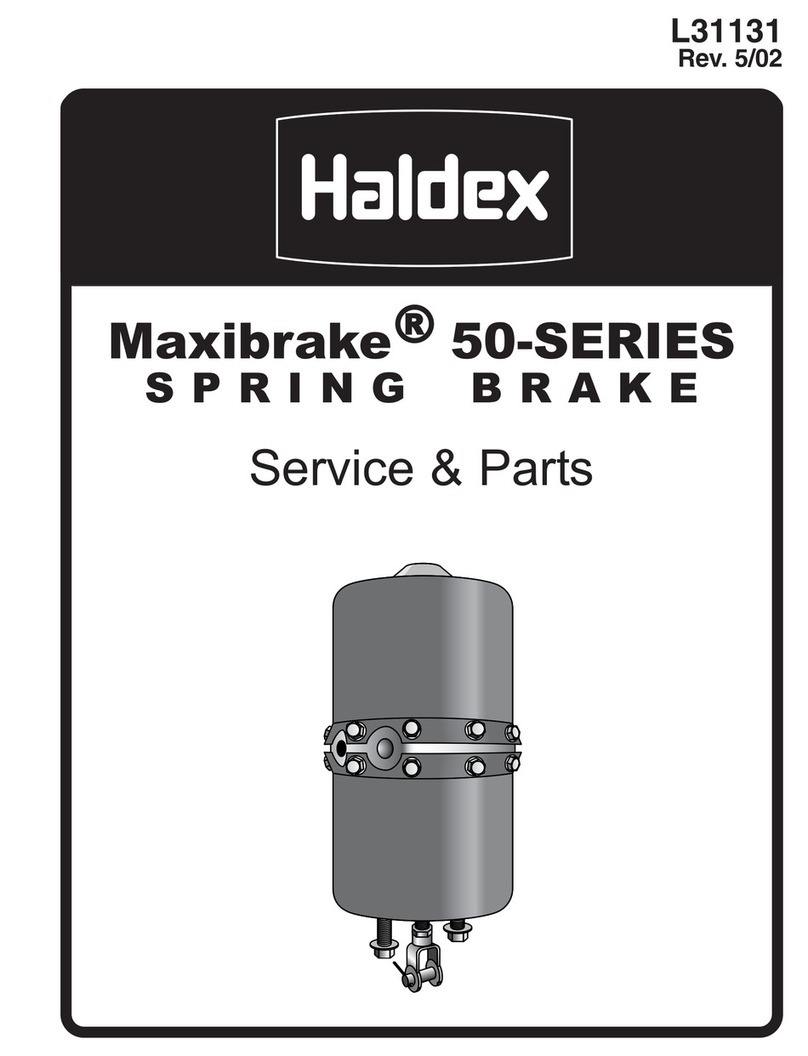
Haldex
Haldex Maxibrake 50 Series Service parts
